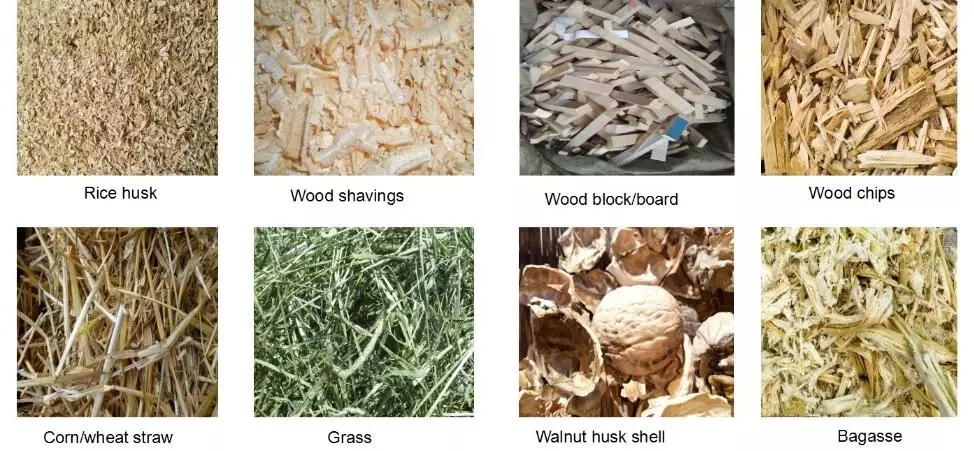animal feed hammer mill
Nov . 05, 2024 12:20 Back to list
animal feed hammer mill
The Role of Hammer Mills in Animal Feed Production
In the world of animal husbandry, the importance of high-quality animal feed cannot be overstated. One of the key machines facilitating the production of this vital feed is the hammer mill. This innovative equipment plays an instrumental role in the grinding and processing of various types of feed ingredients, making it essential for ensuring that livestock receive optimal nutrition.
What is a Hammer Mill?
A hammer mill is a type of pulverizing machine that uses high-speed rotating hammers to crush and grind raw materials into smaller particles. It typically consists of a rotating rotor with several hammers attached, which swing out and impact the feed ingredients, breaking them down into a uniform particle size. The design of the hammer mill allows for various adjustments in terms of speed, mesh size, and hammer configurations, accommodating a wide range of feed types and formulations.
Why Use Hammer Mills in Animal Feed Production?
1. Efficient Particle Size Reduction One of the primary functions of a hammer mill is to reduce the particle size of feed ingredients. Fine particle size is crucial for ensuring better nutrient absorption in animals. Smaller particles increase the surface area available for digestion, leading to improved feed efficiency and overall livestock health.
2. Versatility Hammer mills can process a variety of materials, including grains, legumes, and by-products from various agricultural processes. This versatility allows feed manufacturers to create tailored feed formulations that meet the nutritional needs of different types of livestock, from poultry to cattle.
3. Improved Feed Quality By grinding feed ingredients into fine particles, hammer mills can help produce high-quality feed that is more palatable to animals. This, in turn, encourages higher feed intake and better growth rates, ultimately enhancing the profitability of livestock operations.
4. Cost-Effectiveness Using a hammer mill in animal feed production can lead to cost savings. The efficient grinding process reduces the need for additional additives or expensive ingredients, allowing manufacturers to produce balanced diets at competitive prices.
animal feed hammer mill

5. Enhanced Nutritional Value Hammer mills allow for thorough mixing and grinding of feed ingredients, ensuring a consistent formulation. This uniformity contributes to a more balanced nutritional profile, facilitating the provision of essential vitamins, minerals, and proteins required for optimal animal growth.
Operational Considerations
While hammer mills are efficient and versatile, proper operation and maintenance are crucial for achieving their full potential. Factors such as the speed of the rotor, the size of the screen, and the moisture content of the raw materials all play significant roles in the milling process. Operators must continually monitor these variables to ensure consistent output and prevent clogging or excessive wear on the hammers.
Additionally, regular cleaning and maintenance of the hammer mill are necessary to avoid contamination and maintain hygiene standards in feed production. Observing proper safety protocols and training staff on the correct operation of the machinery is also essential to prevent accidents and enhance workplace safety.
The Future of Hammer Mills in Animal Feed Production
As the global demand for animal protein continues to rise, the efficiency and effectiveness of feed production will be paramount. Hammer mills are likely to evolve with advances in technology, incorporating smart features and automation to streamline the grinding process further. The integration of data analytics and machine learning could enable feed manufacturers to optimize formulations and processes, ensuring that livestock receive the highest quality nutrition possible.
Moreover, as sustainability becomes a more significant concern, hammer mills that can efficiently process alternative feed ingredients, such as agricultural by-products or insect meal, will play an essential role in creating eco-friendly feed solutions.
Conclusion
In conclusion, hammer mills are indispensable tools in the animal feed industry, contributing significantly to the efficiency, quality, and nutritional value of animal feed. As technology advances and the need for sustainable practices increases, the role of hammer mills will only become more prominent in meeting the future demands of animal husbandry. With appropriate management and continuous innovation, hammer mills will continue to support the growth of healthy, productive livestock worldwide.
-
Hot Sale 24 & 18 Door Rabbit Cages - Premium Breeding Solutions
NewsJul.25,2025
-
Automatic Feeding Line System Pan Feeder Nipple Drinker - Anping County Yize Metal Products Co., Ltd.
NewsJul.21,2025
-
Automatic Feeding Line System Pan Feeder Nipple Drinker - Anping County Yize Metal Products Co., Ltd.
NewsJul.21,2025
-
Automatic Feeding Line System - Anping Yize | Precision & Nipple
NewsJul.21,2025
-
Automatic Feeding Line System - Anping Yize | Precision & Nipple
NewsJul.21,2025
-
Automatic Feeding Line System-Anping County Yize Metal Products Co., Ltd.|Efficient Feed Distribution&Customized Animal Farming Solutions
NewsJul.21,2025






